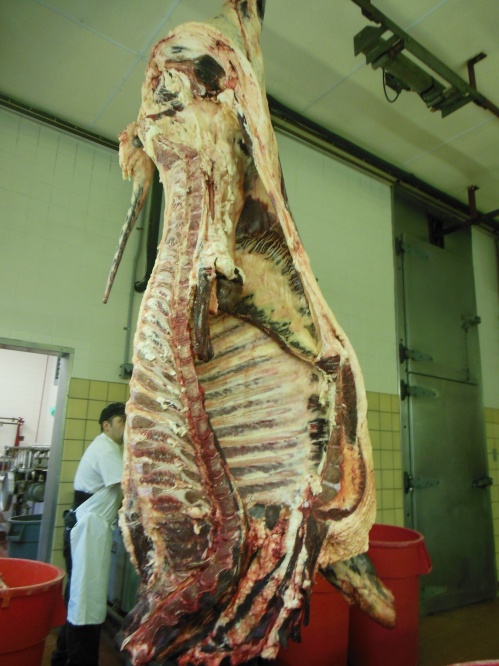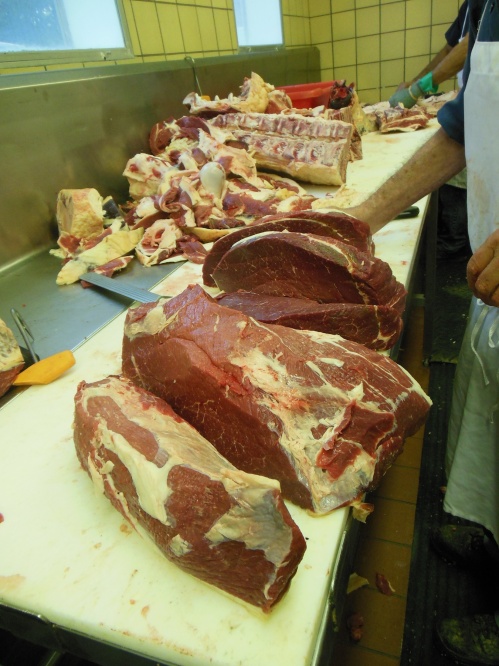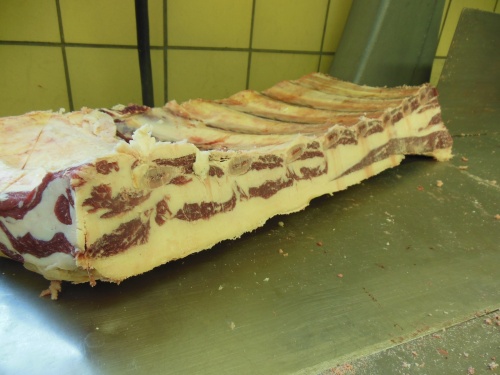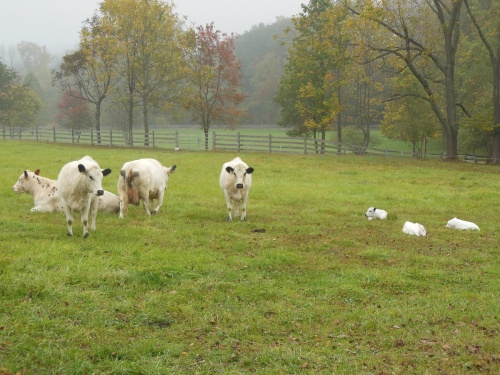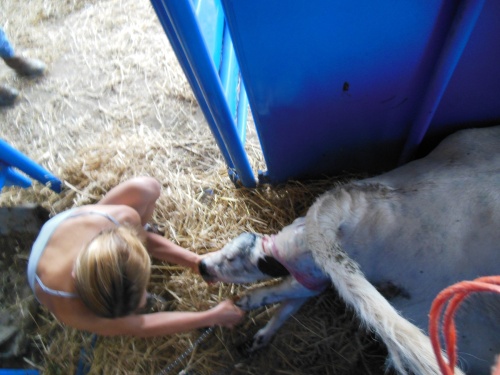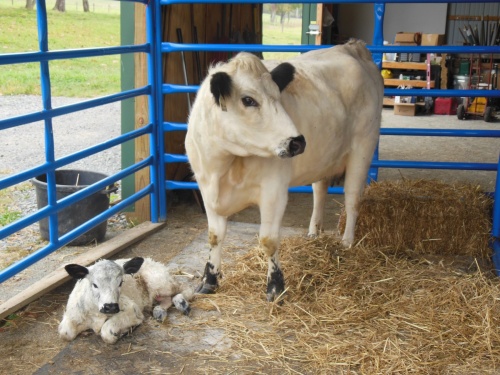Tomorrow is my last day of medical school.
Ok, I don’t actually graduate until December, but as of tomorrow I will have completed all of the requirements for graduation from my school (because of my PhD I am half a year out of sync with the majority of my classmates). I had initially planned to schedule a few more electives (might as well get as much hands on experience while I am still covered by liability insurance!), but interviews for residency programs have rapidly filled my schedule.
In the next couple of months I’ll be travelling around the country interviewing at various residency programs. Many new doctors restrict themselves to geographic location when they apply to residency (the next phase in medical education- “Graduate Medical Education”), choosing to apply to programs in areas they are familiar with, have connections to, or where they have family. I am applying widely- generally (though not exclusively) at academic programs, and with little thought to geography. I’m fortunate to have friends in many of the places I’m applying (I actually think that visiting with friends when I travel to interviews is going to be one of the major perks of interview season), though certainly not all of them (any friends in Rochester Minnesota I’m not aware of?).
The “matching” process that graduating medical students (and some who have already graduated) go through seems rather odd to many people outside the medical community. While I apply to and interview at many programs, ultimately I do not accept or reject a job offer from a residency program. Medical students and residency programs enter into a system known as “the match”. Through this process students apply to programs using an online application, programs offer interview invitations to selected students, students interview, and at the end of the day (or February 26th 2014 at 9pm EST if you’re being specific) medical students submit a “rank list” stating their preferences for residency. Residency programs make similar rank lists, and using an algorithm a computer program determines our fates. Putting student’s preferences first, the system determines where graduates will be headed for their internship in June or July.
March 17, 2014 is the start of “Match week” for my peers and me. On that Monday we will get an email telling us if we “matched”. There won’t be any specifics (you don’t find out where you matched until that Friday- “Match Day”), but that Monday marks a day when most med students around the country breathe a massive and collective sigh of relief. On that day, Facebook is flooded by waves of status updates informing friends and family that “I’ll have a job in July!”, and “I’ll finally be making money” (though arguably not that much as a PGY1 (post graduate year 1).
Of course, a small minority of students will get emails that Monday informing them that they have not matched. In the past these individuals have then “scrambled” for open positions, though now the system has been formalized into a process known as the SOAP (Supplemental Offer and Acceptance Program). I won’t elaborate, but no student wants to use SOAP.
I’ve written before about speed dating for medical students, but then I was talking about the rapid-fire clinical rotations that medical students take in third year. The interview process is also a “speed dating for medical students” experience, culminating with an arranged marriage of sorts. While some students opt to do “away rotations” at programs they are very interested in for residency, you can’t possibly do rotations everywhere you hope to interview. Spending a month at a hospital tells you a lot about the program you would be joining as a resident, but it can be hard to get a real sense of a program in just one day (or half a day, as the case may be). Some programs offer dinners with residents, or extra time visiting a program, but it is truly a “speed-dating” experience.
These “speed dates” are important, since they determine how you choose where you hope to spend at least the next year of your life. Some new doctors must do a “transition year” before heading off to their specialty of choice, but most new docs are interviewing for positions at hospitals where they will be based for anywhere from 3-7 years (residency training length varies with specialty.).
So that’s what I’ll be up to for the next few months- speed dating my way around the country. I’ve been invited to give a talk for the evolutionary medicine program when I’m out interviewing at UCLA, which should be fun, and I’m looking forward to visiting with friends and seeing the sights as I travel around the country. I’m excited to visit lots of different hospitals and see what different programs have to offer. Hopefully, when this round of speed dating comes to a close, I’ll have figured out how I want to write my dance card, and hopefully the programs I like find the feelings to be mutual. If not, I guess there’s always a future in bovine obstetrics!
